| Destination Out Another “New Wave” outing by a very strong front line Jackie McLean (as), Granchan Moncur III (tb), and Bobby Hutcherson (vb), whose collective sound is a unique, never duplicated jazz voice unto itself. Derek Hasell in his recent bio of Jacky Mac, Sugar Free Saxophone, describes Jackie’s alto sound as “acid” and “ascerbic.” Nope, it’s “muscular.” |
| Four for Trane This LP by Archie Shepp announced (to me, at any rate) the emergence of a new strong tenor star, someone to take note of, to watch for his future recordings, which I did, with most of them ending up in my collection. |
| Some Other Stuff The jazz trombone sound is what brought me to jazz, and Grachan Moncur III was as much a favorite as early raves Benny Green, J. J., and Kai. I bought all the Grachan albums I could find. |
| New York Art Quartet See above. Replace Grachan Moncur III with Roswell Rudd. Rudd’s burly blasts on trombone always sounded new while sounding old. |
| My Funny Valentine: Miles Davis in Concert A special place in my collection for this one. I won the LP in a radio contest for correctly identifying an unidentified tenor sax player. It was Charles Lloyd, and to this day I still don’t know how I got that right. This is one of the better efforts of the “in between Miles,” that is, in between the First and Second Great Quintets, with George Coleman on tenor sax. |
| E.S.P The first studio recording of Miles’s Second Great Quintet is a good one, surpassed only by their Plugged Nickel and Miles Smiles albums. The LP features seven entirely new compositions: two by Wayne Shorter (ts), one by Herbie Hancock (p), two by Ron Carter (b) with Miles (tp), and one by Miles. Drummer Tony Williams, well, all he did was play the most spectacular jazz drums by a nineteen-year-old in the history of the music. His cymbal work throughout—splashy, crispy, in time, out of time—was beyond BEYOND. |
| Last Date The title tells the tale. An exceptional jazz artist, an original voice on all his instruments (alto, flute, bass clarinet, and clarinet), Eric Dolphy left town way too soon. Here he is the leader, but even as sideman, he seemed to dominate every album he ever played on. |
| Point of Departure What was it about Andrew Hill’s compositions and piano playing that was so compelling? Not so much the “sound of surprise,” as Whitney Balliett would have it, but the sound of an expected unexpectedness, a sound of not so rightness that was always more than right, a jagged, crooked angular sound, sandpapered and polished to a smooth finish. How would you describe it? |
| The New Continent A Latin-tinged classic by Diz and Lalo Schifrin (he of the unforgettable Mission Impossible theme) to rival the Miles Davis/Gil Evans collaboration Sketches of Spain. The latter wins by a nose (in Spanish). |
| Gill Fuller & the Monterey Jazz Festival Orchestra The Diz/Schifrin above is miles ahead of this one (no pun intended), but it's still interesting for Dizzy’s fine trumpet and well-scored brass by Gil Fuller. |
| Tonight & The Power of Positive Swinging A tight swinging group featuring a blend of two unmistakable voices—Mumbles and Grumbles, aka Clark Terry and Bob Brookmeyer. Together, they tackle a mix of standards and original compositions to create an all-around joyful music. |
On the comeback trail, Fatha Hines still reminding his piano children where they came from.
| Free for All A high (octane) bop session with Wayne Shorter (ts), Cedar Walton, and Art Blakey (d) channeling John Coltrane (ts) McCoy Tyner (p), and Elvin Jones (d) while Freddy Hubbard (tp) matches (betters?) Lee Morgan (tp), especially on “Pensativa.” |
| Guitar Forms This is not a concept album in the usual sense. There is no sustained aural mood here—it has too much variation for that. The conceit is to showcase the electric and acoustic guitar artistry of Kenny Burrell in a variety of settings (orchestral, big band, countrified trio, solo, and power quartet), and in this sense it succeeds splendidly. Much praise has been directed to the four Gil Evans–arranged Sketches of Spain–like tracks, featuring the guitarist’s plucked lines floating atop the arranger’s marshmallow clouds. Nonetheless, overall, it’s Burrell’s album. |
| Rip, Rig and Panic Multi-instrumentalist Rahsan Roland Kirk (tenor, stritch, manzello, flute, siren, oboe, castanets), backed by a supreme rhythm section--Jaki Bayard (p), Richard Davis (b), and Elvin Jones (d)--rip it up as only they can to the delight of era critics (and me). Rahsan chose the tunes as homage to his idols: Sidney Bechet (ss), Fats Waller (p), Don Byas (ts), Lester Young (ts), and Clifford Brown (tp). But don’t necessarily listen for aural references. |
| Lastly, 2015 is also the centennial birthday of Orson Welles. The gargantuan American talent was the first to attempt the history of jazz as a motion picture. He even hired Duke Ellington (at $1,500 a week in 1941) to write, direct, and score It’s All True. Like several of Welles's other efforts, the jazz film came to a halt when studio bosses ceased funding the venture.* *Terry Teachout, DUKE: A Life of Duke Ellington (New York: Gotham Books, 2013), 232-33. |
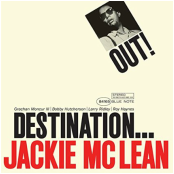
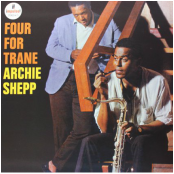
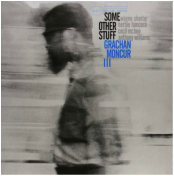
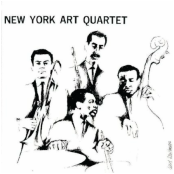
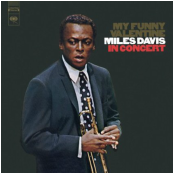
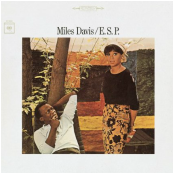
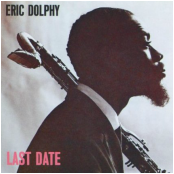
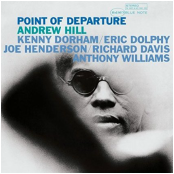
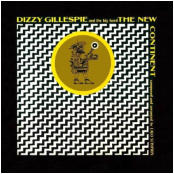
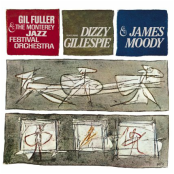
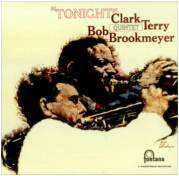
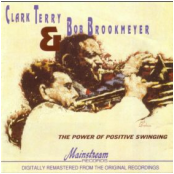
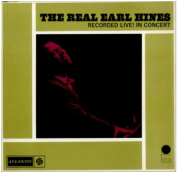
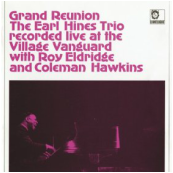
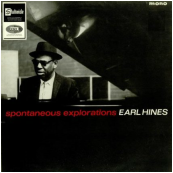
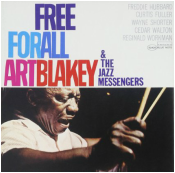
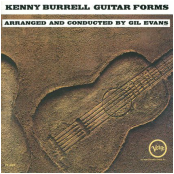
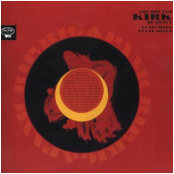
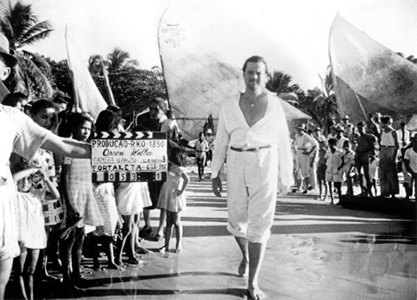

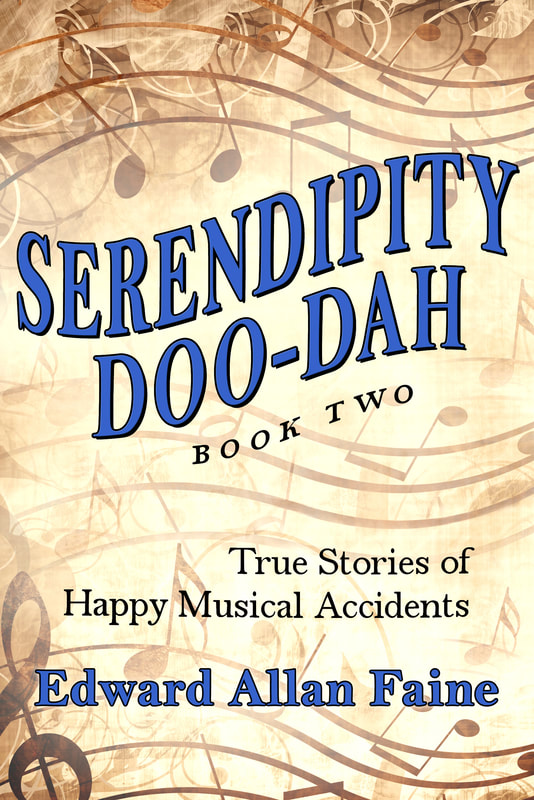
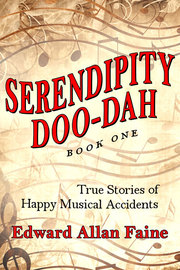
 RSS Feed
RSS Feed